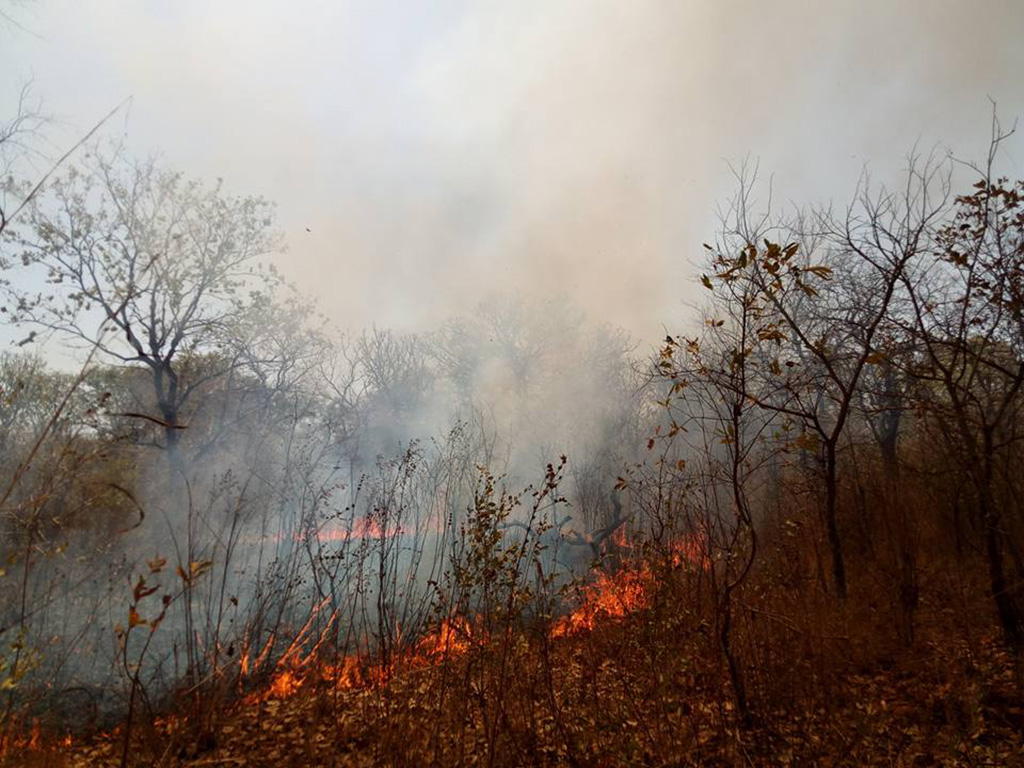
Forest resources are a major source of income, bringing in three billion 3 billion what ? a year, but the granting of forest exploitation licences is not transparent, nor is the division of resources among the state, collectives, communities and private entrepreneurs.
A legal and regulatory framework for managing the environment exists, but it is inadequate. At local and national level, integration of the environmental dimension into policy making is progressing slowly. (For example, a law on land ownership was abandoned).
Parliament should be able to check the power of the executive and put pressure on the government to demonstrate clarity and transparency in the management of the environment, but initiatives in this direction are rare, almost non-existent. Parliament does not fully exercise its constitutional functions of scrutiny, legislation and representation of the people. A perfect example of this is that since 2016 the national assembly has blocked a proposed coastal law.
The judiciary, which should support the quest for transparency and accountability in environmental governance, struggles to fulfil its role of balancing powers and applying existing law. Thus environmental damage and degradation continue unchecked - deforestation in Casamance, fraudulent mining of sand at Guédiawaye, dumping of toxic industrial waste in the bay of Hann, and the construction of a national stadium in an important green area of the technology park at Pikine.
Civil society organisations such as youth organisations, which should be conducting citizen scrutiny of public authorities at local and national level, produce disappointing results. Their initiatives and their denunciations of environmental damage and degradation are barely heard, because they lack capacity and means for communication, through either old or new media.
The media devote about 1% of their space to the environment, and are interested only in extreme situations like the killing of 15 forestry workers in Casamance. They seek the sensational, instead of providing quality information to denounce infringements and contribute to raising communities’ awareness of environmental issues.
In response to these and other challenges, PIWA launched the project Citizen media for participatory environmental governance in Senegal, with the support of the European Union. The project aims to strengthen young people and media to raise citizens’ awareness and foster democratic, participatory and responsible governance of the environment in Senegal.
Pour atteindre ces résultats, l’IPAO la stratégie d’intervention de l’IPAO est :
FORMATIONS
PRODUCTIONS
DEBATS
RECHERCHES
| 1.To provide information on environmental issues and policies at national and regional level, particularly on deforestation, sanitation and pollution |
|
| 2. To strengthen the capacities, especially of young people, to monitor and raise awareness through media on the development and implementation of national and local environmental policy, particularly on deforestation, sanitation and pollution |
|
| 3.To strengthen dialogue between communities and decision-makers on environmental policies and issues |
|